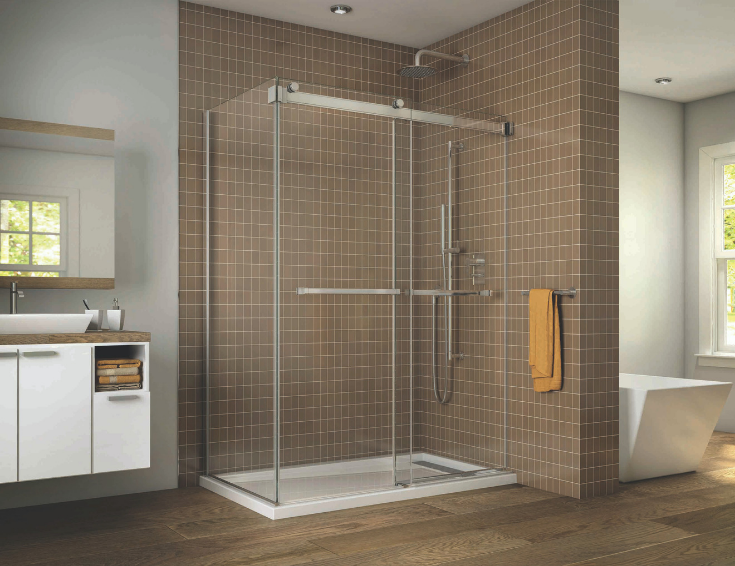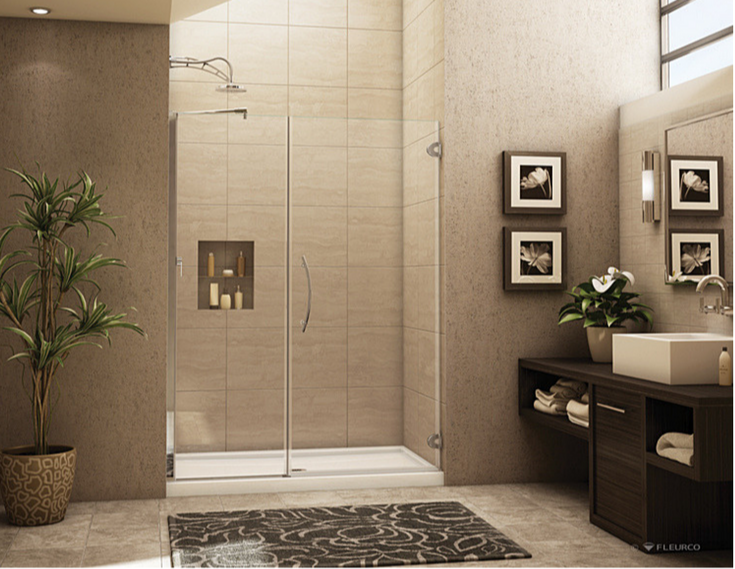{Visit Link They are making a few good points on 6 Things to Know About When Hiring a Plumbing Services as a whole in the article down below. Acrylic shower tray repair and acrylic bath repair, especially in spot, is a cost and time-saving alternative to the replacement of a damaged item. Acrylic repairs are the least disruptive method for saving the modern materials made bathroom ware and other hard surfaces. In a previous article, I showed some examples of enamel repairs. This time as a natural extension of the topic, I would like to demonstrate the quality and comprehensive offer of my acrylic repairs. Modern chemistry allowed us to surround ourselves with polymers. Different things from poly-bags, thru your shower tray or acrylic-made bath, are the result of a scientific achievement that adapted acrylic to the architectural sector. Easy to manufacture and store or transport for its lightweight it is also immune to some types of damage that are commonly encountered by me in the bathroom. As it’s less durable than vitreous enamel, it’s very easy to scratch the modern bath or any other surface. Acrylic shower trays, sinks, or baths are not made to resist abrasion. Similar to re-enameled baths, when cleaning it’s best to use a liquid cleaner and non-abrasive sponge, microfibre, or pad. If the scratches are shallow, the surface can be restored by me without even filling or spraying the new topcoat. Acrylic is a very soft material; it can be abraded but also polished! It’s worth mentioning – I don’t encourage you for DIY attempts, as the topcoat material is usually fragile and to break thru while trying to repair yourself is very easy. A cracked shower tray around the waste or various types of impact damage is the bread and butter for a lot of surface repair specialists. As much as I enjoy doing the big resurfacing projects, small damage, is most likely to be ‘healed’ in the spot and it’s fairly easy to repair any acrylic, resin (stone resin), PVC and other similar materials. The exception of what can be saved is the heavy structural damage or end of life for a fibreglass shell of a bath or shower. The glass fibre/acrylic has a lifespan of up to 15-20 years for most baths or shower pans. Several examples that I helped with, as a dropped cosmetic bottle, bath damaged in transport, and even a child that was banging the toy edge until made a hole in a rented property’s acrylic bath. Fairly easy restoration in some and a full resurfacing in others. Acrylic can be stained or react with some cleaners. I even did restore the surface after aromatherapy oils. In most cases, cleaning and repolishing the spillage might be enough, but sometimes it got to the acrylic deeply and the only way to repair is to cover the damage with a new topcoat. 5. Chemical reaction Important here – don’t use any type of paint remover on top of acrylic baths. As much as the paint stripper will not react with the metal baths surface, it will cause a non-reversible disaster to an acrylic shower or bath. I met clients that tried to paint the bath themselves and after having the dissatisfying results, used a paint remover. As the first step creates a little more work for a specialist before doing the repair, using a stripper may cause permanent damage and a plastic bath will need a replacement. I came across that blog entry about Things To Look Out for Before Hiring a Plumbing Company while doing a search on the web. Sharing is caring. One never knows, you may be helping someone out. Thank you for your time. Visit again soon.
Polymer bathrooms, shower trays, and also various other acrylic bathroom ware have actually become extra typical in washrooms in current times. Thanks to modern-day chemistry we now have choices to enamel and ceramic products for bathroom components. These consist of different polers as well as plastic materials. Not as durable and stylish as enamel and also porcelain baths and also components, they are extra budget-friendly as well as offer pretty a lot the exact same fundamental function. These products are simple to manufacture, store, and also transport and also in the incidence of damage, they are quickly repaired. Some usual instances of damages to acrylic shower room fixtures consist of discoloration, fractures, holes, and so on. Let's take a look at a few of these issues and fast means of fixing them.Scraped shower or bathroom surface
Polymer shower room components are not abrasion-resistant like enamel selections. Being an extremely soft product, acrylic scrapes can also be concealed without layer or dental filling. For these, you must seek professional aid for your bathroom repairs.Chemical Reactions
Occasionally, individuals try to repaint the entire surface of their acrylic bath by themselves either because they do not such as the color to conceal blemishes. Nevertheless, when they do not such as the end result, they apply paint eliminators. You need to never ever utilize paint eliminator on acrylic bathrooms. Although paint eliminators do not respond with the surface of metal bathrooms, they destroy acrylic bathrooms irreversibly. This creates even more benefit the professional. The very best course of action here is to call a professional for assist with changing the bathroom.Bathroom Discoloration
With long term use acrylic baths comes discoloration or staining. While some stains can be gotten rid of easily, utilizing unique chemicals, others call for that the bathroom be resprayed. It is essential to keep in mind that bleach or detergents do extremely little in removing such discoloration and they might even worsen it. A lot of times, these cleaning representatives induce staining in time. Aromatherapy oils loosen the dust in many cases consequently restoring the bathroom to its previous magnificence. Cleaning up and polishing also in some cases. For more persistent discolorations, you will need a new layer of layer. This type of taking care of will need a specialist.Cracked Acrylic Baths
The life-span of acrylic as well as fiberglass bathrooms is up to 15-20 years for shower frying pans and also baths, normally. Cracks in an acrylic shower tray are most likely amongst the most convenient issues to fix for a repair service specialist. This is the exact same for PVC, material, and other such products.
Polymer baths, shower trays, as well as various other acrylic bathroom ware have come to be much more typical in washrooms in current times. You need to never utilize paint cleaner on acrylic bathrooms. Paint eliminators do not react with the surface of steel bathrooms, they destroy acrylic baths irreversibly. With long term use of acrylic baths comes staining or discoloration. The life expectancy of acrylic and fiberglass baths is up to 15-20 years for shower frying pans and also bathrooms, typically.5 examples of acrylic shower tray repair and acrylic bath repair.
1. Scratched bath or scratched shower surface
2. Cracked acrylic
3. Hole repair in acrylic bath or shower
4. discolouration/residue

Call a Plumber Now
5 Points Nobody Tells You around Shower & Tub Wall Panels
Book With Us Today!